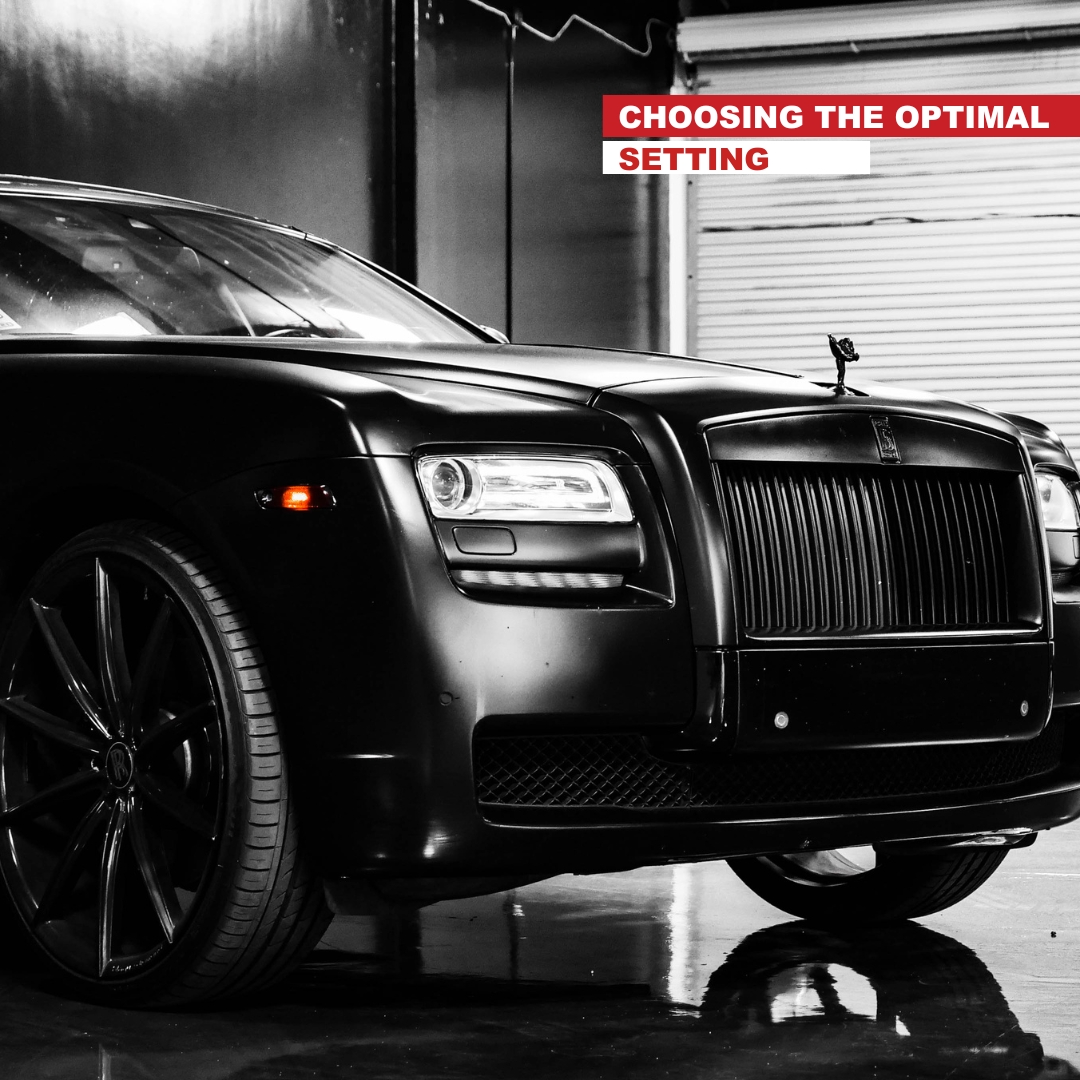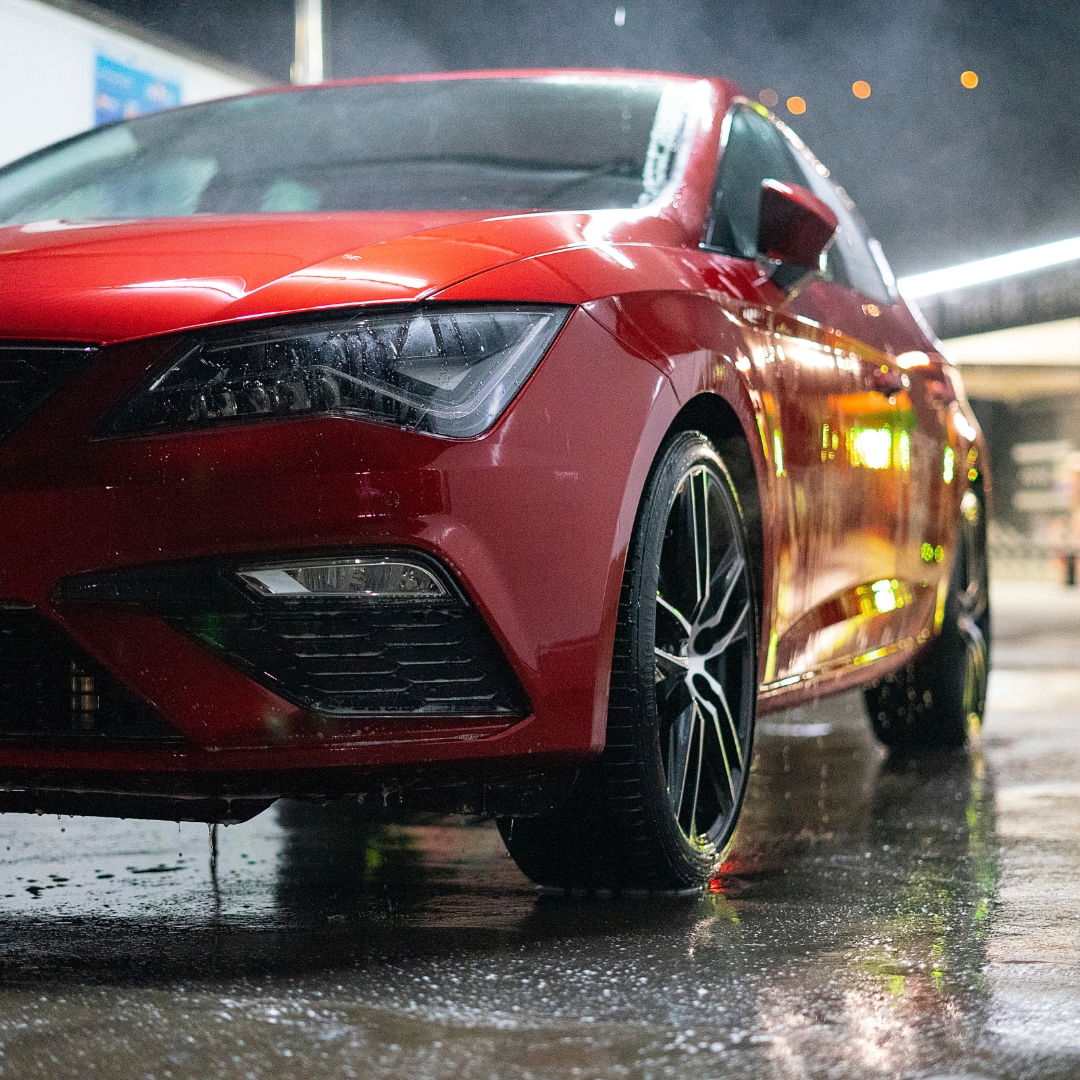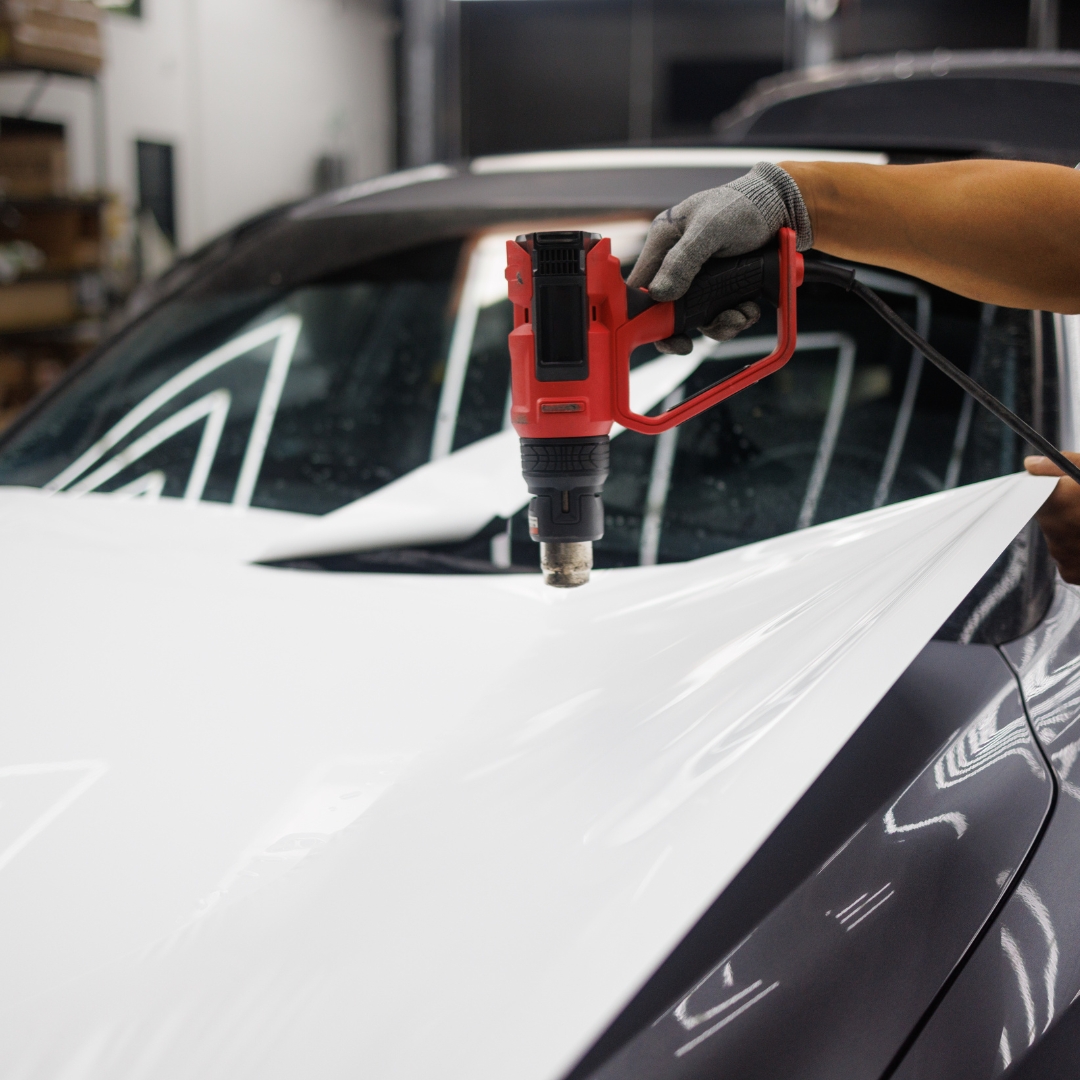The car wrap phenomenon has taken the automotive world by storm. Its popularity stems from the fact that it provides a relatively inexpensive way to radically change your vehicle's appearance. Among various wrap materials, vinyl stands out due to its durability, affordability, and ease of application. However, installation can be challenging, particularly in unfavorable weather or climatic conditions.
At Rvinyl, we emphasize that proper installation of a vinyl wrap requires not just skill and patience, but also an understanding of how weather, climate, and setting can impact the process. Let's dive in and discuss these factors in detail.

Weather and Climate Considerations
Weather plays a substantial role in the application of vinyl wraps. To understand why, we need to know a little about the science behind the adhesive on the vinyl wrap.
Vinyl wrap adhesive is temperature sensitive. It requires a certain amount of heat for the adhesive to bond correctly to the car's surface. It also needs to be cool enough so that the wrap doesn't become overly pliable or stretch too much during application. This balance is essential for ensuring a smooth, bubble-free wrap that lasts.

Optimal Temperature
The optimal temperature range for applying a vinyl wrap is between 60-80 degrees Fahrenheit (15-26 degrees Celsius). This range provides the best environment for the adhesive to bond effectively with the car's surface.
At temperatures below 60 degrees, the adhesive can become too rigid and might not stick properly. Moreover, the vinyl wrap becomes less pliable and more prone to tearing or damage. Conversely, temperatures above 80 degrees can make the vinyl overly pliable, causing it to stretch excessively, which might result in deformations and a poor fit.
Humidity
Humidity is another crucial factor. A less humid environment is ideal for vinyl wrap application, as high humidity can affect how effectively the adhesive bonds with the surface of the vehicle. We recommend applying vinyl wraps in a setting with less than 50% relative humidity.

Install Location Considerations
While weather and climate significantly impact vinyl wrap application, so does the setting where the installation takes place.
Indoor Installation
Indoor settings are preferable for vinyl wrap application because they allow for greater control over temperature and humidity. They also protect the vehicle and the vinyl wrap from dust, rain, wind, and other elements that can interfere with the installation process.
Clean Environment
A clean and dust-free environment is essential for a successful wrap installation. Dust particles can get trapped under the vinyl wrap, causing unsightly bumps and potentially interfering with the adhesive bond. Therefore, before starting the wrap process, ensure the working environment and the vehicle are thoroughly cleaned.

Dos and Don’ts to Achieve an Optimal Setting
Knowing the optimal weather, climate, and setting isn’t enough. Let’s discuss a few Dos and Don’ts for installing vinyl wraps on al manner of vehicles.
Dos
-
Do Prepare the Car’s Surface: A clean, wax-free surface is a must for vinyl wrap installation. This ensures that the adhesive can bond properly with the car’s surface.
-
Do Use a Heat Gun: A heat gun will be your best friend during installation. It helps make the vinyl more pliable and easier to manipulate, especially around curves and corners.
-
Do Work Slowly: Take your time when installing the wrap. Working too quickly can lead to bubbles, wrinkles, or tears in the vinyl.
-
Do Install in a Controlled Environment: An indoor setting where you can control temperature and humidity is ideal. It will not only give you the best results but also protect your work from the elements.
Don'ts
-
Don't Rush: Don't rush the installation process. Applying a vinyl wrap requires patience and attention to detail.
-
Don't Ignore Temperature and Humidity: These are crucial factors that can impact the effectiveness of the adhesive and the pliability of the wrap.
-
Don't Skip Surface Preparation: The car's surface must be thoroughly cleaned and free of any contaminants before installation.
-
Don't Install in Windy Conditions: Wind can make the vinyl difficult to control and could introduce dust and debris under the wrap.

In conclusion, successful vinyl car wrap installation requires a blend of skill, preparation, patience, and the right environmental conditions. With Rvinyl products and these tips in hand, you'll be well-equipped to handle your next DIY car wrap project, whatever the weather.
Check out our guide if you want to learn more about How Much It Costs Wrap a Car?